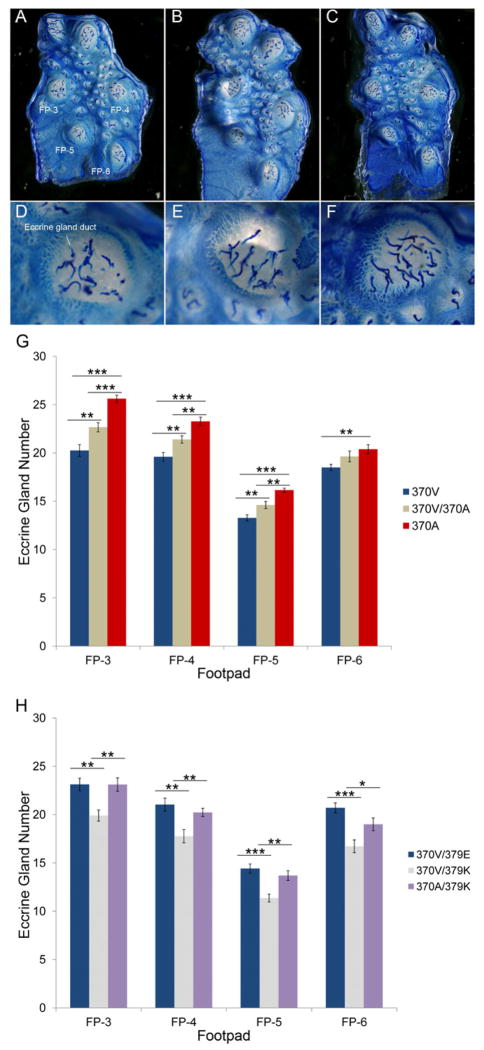Figure 6. 370A increases the number of eccrine sweat glands in mice.
Representative whole-mount preparations of the volar hindfoot skin of 370V (A), 370V/370A (B) and 370A (C) mice. Gland ducts appear as thin blue tubes emerging from inside the footpads (FP). Detail view of FP-3 from 370V (D), 370V/370A (E) and 370A (F) mice. (G) Quantification of average gland number per FP (±SEM) across the three genotypes. (H) 370A rescues the decrease in eccrine gland number in 379K heterozygous mutant mice. Average gland number per FP is shown (±SEM). Significance of differences by ANOVA posthoc tests: [P < 0.05(*), P < 0.01(**), P < 0.001(***)]. All experiments were carried out on fifth generation FVB backcross animals, but those shown in Figure 6H were a FVB by C3HeB/FeJ outcross. The difference in genetic background accounts for the difference in eccrine gland number between wildtype animals in 6G and 6H. See also Table S5.

